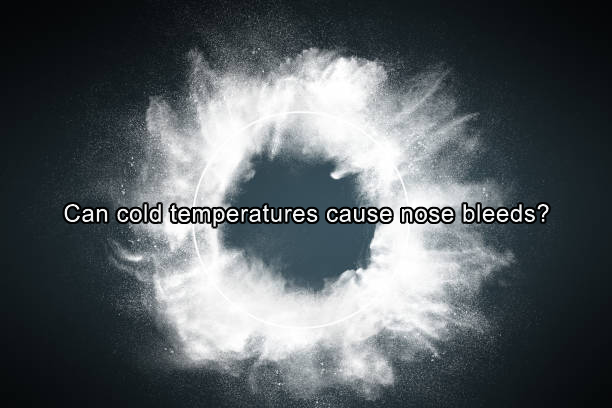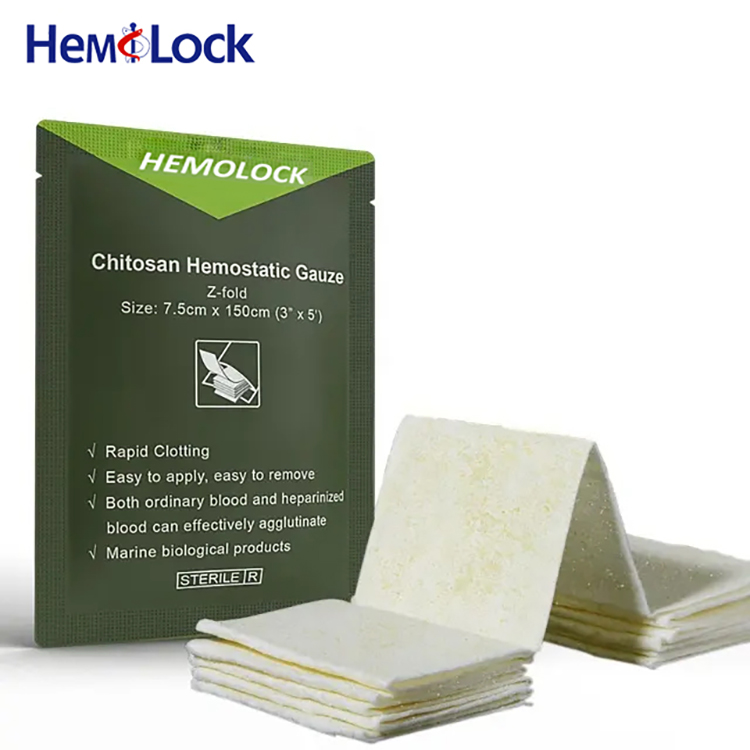
Can cold temperatures cause nose bleeds?
Low-temperature weather often induces a sense of coldness, prompting the question of whether it can cause nosebleeds. In fact, cold weather can heighten the risk of epistaxis. Here are some elucidations and suggestions regarding how low temperatures can induce nosebleeds.
In cold weather, the nasal mucous membranes can be affected. Inhalation of cold air stimulates and dries out the mucous membranes in the nasal cavity, rendering them fragile and susceptible to injury and bleeding. Furthermore, cold temperatures cause vasoconstriction, further augmenting the likelihood of nosebleeds.
Consider the following recommendations to prevent nosebleeds in cold weather:
1. Maintain nasal moisture: Keep the nasal cavity moist by using saline solution or nasal sprays. This helps prevent dry and fragile mucous membranes, reducing the risk of nosebleeds.
2. Employ a humidifier: Use a humidifier indoors to increase air humidity and keep the nasal cavity moist. This is particularly beneficial during dry winter months, alleviating nasal dryness and bleeding issues.
3. Avoid excessive nose blowing: When experiencing nasal congestion, refrain from forceful nose blowing. Instead, blow your nose gently and use soft tissues or nasal-specific products to minimize the risk of mucosal tissue damage and bleeding.
4. Stay warm: Dress appropriately for cold weather, paying particular attention to protecting the head and face. Wearing hats, scarves, or masks can reduce the exposure of the nose to cold airflow, minimizing the duration and intensity of exposure.
5. Steer clear of dry environments: Minimize prolonged exposure to dry environments, such as excessive indoor heating. Maintaining a moderate level of indoor humidity can reduce the risk of nasal dryness and bleeding.





